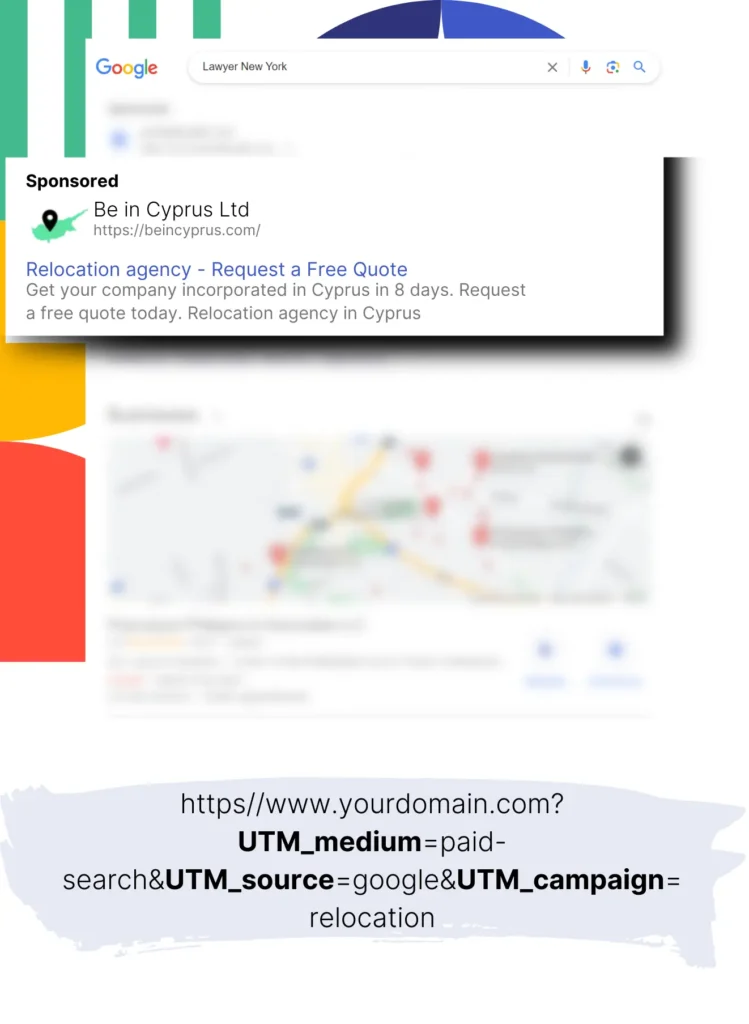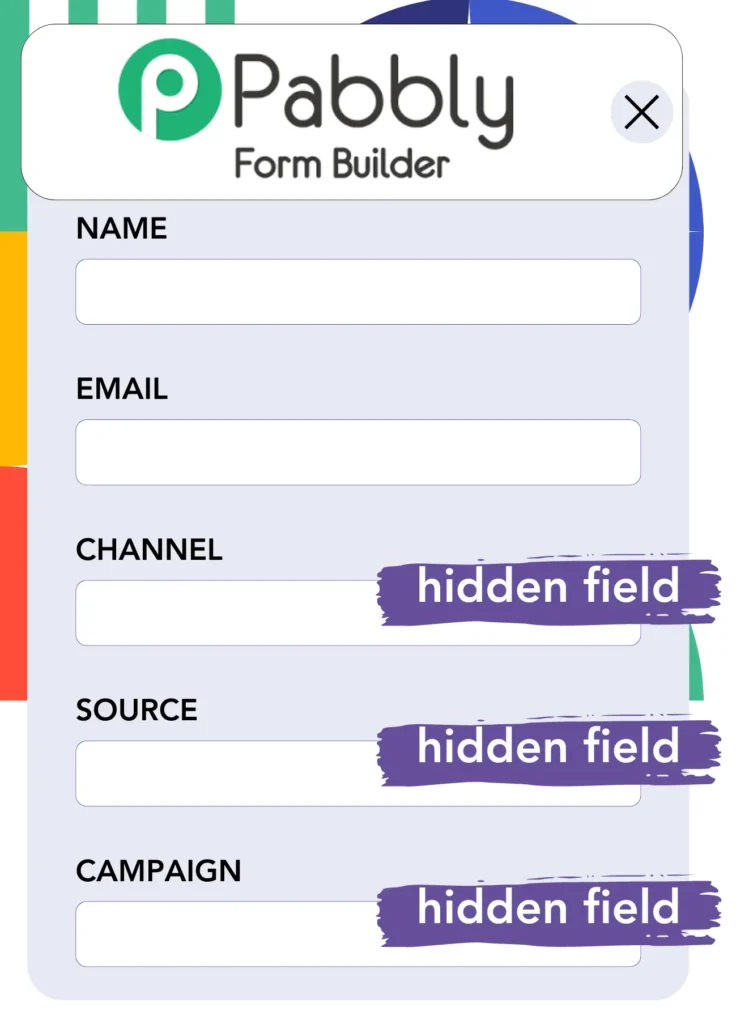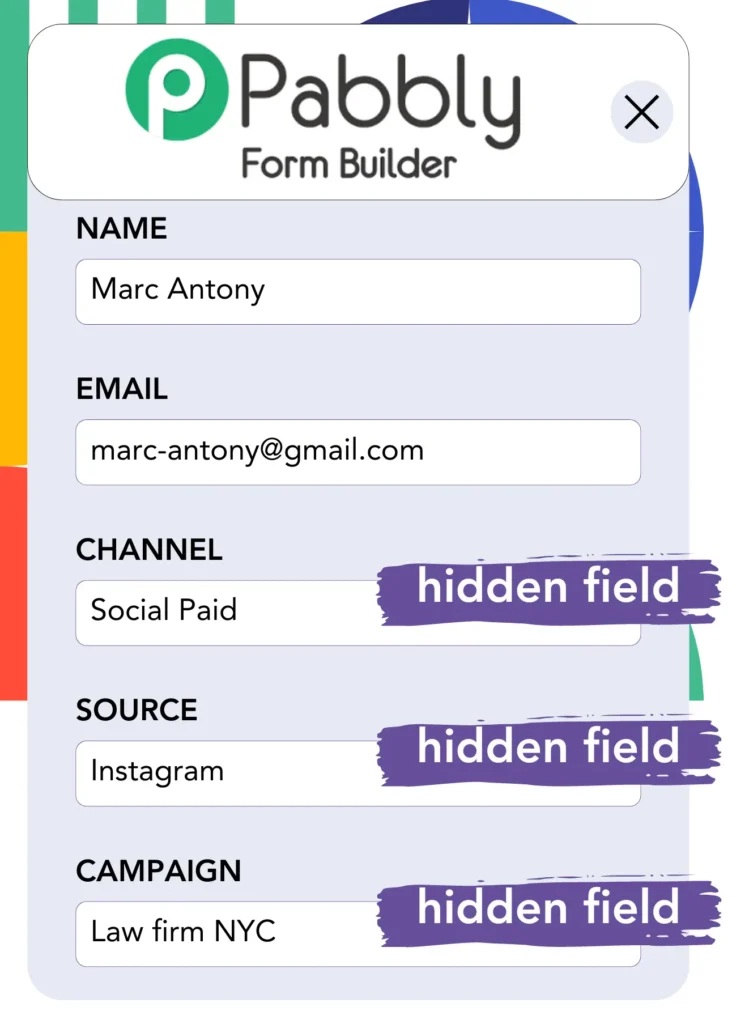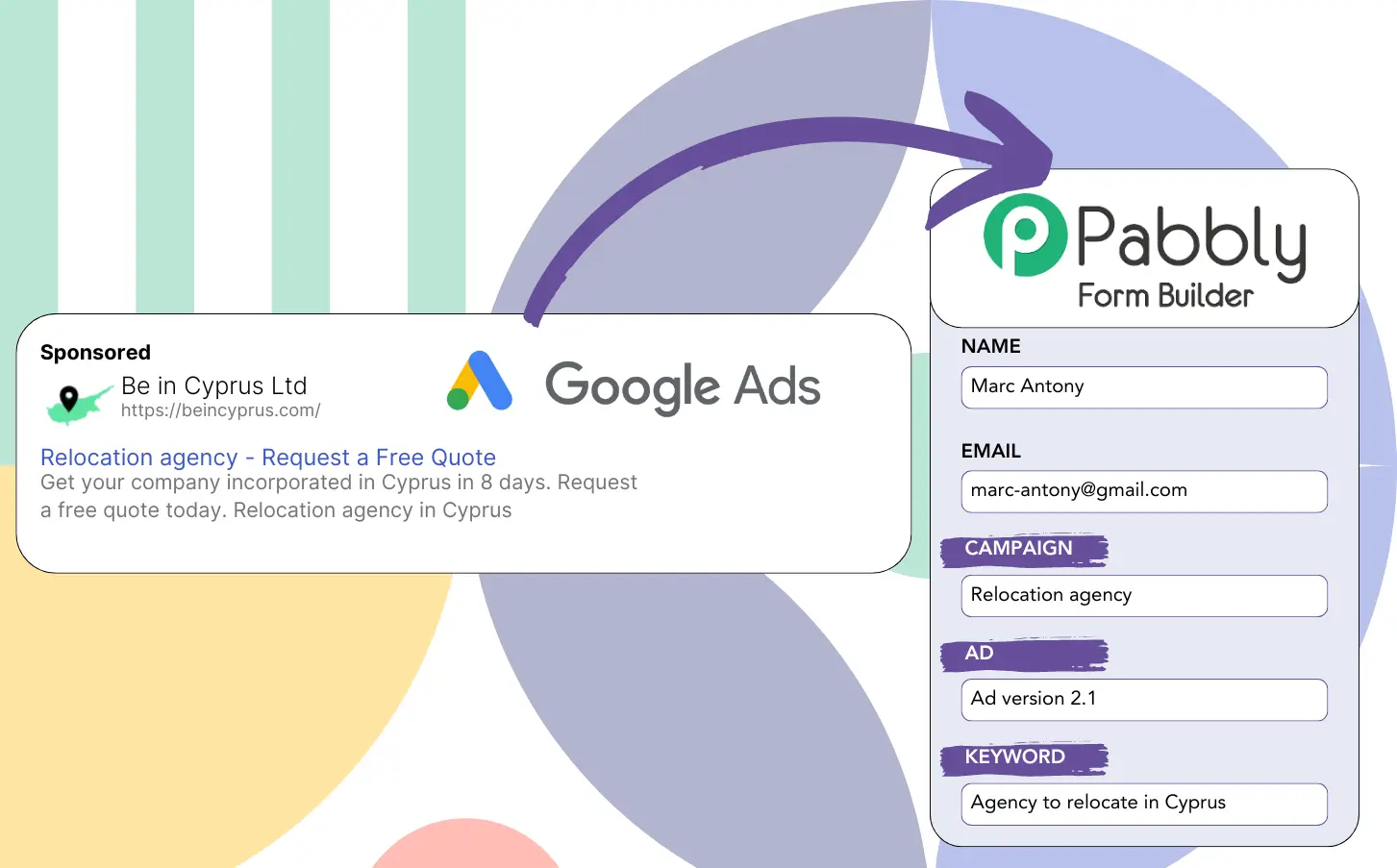Are you uncertain about the campaigns generating leads in your Google Ads account?
It’s a common problem that Google Ads displays how many leads come from each campaign, ad, or keyword but doesn’t break down the data by lead.
As a consequence, you don’t know which campaign, ad, or keyword brought in the leads that converted to customers.
Leadsources solves this challenge.
Leadsources provides the ability to track Google Ads data, such as campaigns, ads, and keywords, down to the lead level.
You can store comprehensive Google Ads data, including campaigns, ads, and keywords, for each lead in Pabbly Form Builder.
You can then run reports, for example, “Keywords that generated the most leads,” to decide which keywords to promote or discontinue.
Let’s explore this!
Capture Google Ads lead data in Pabbly Form Builder in 4 steps
Step 1: Add Leadsources in the head tag of your website

Sign up to Leadsources.io, and benefit from our 14-day free trial.
Place the Leadsources code in the head section of your website. No coding knowledge required.
Simply follow this easy step-by-step guide.
Step 2: Add the UTM parameters to your Google Ads campaigns

Insert the UTM parameters you need to track into all your Google Ads campaigns.
Consider these UTM parameters for inclusion in your ad:
- UTM_source
- UTM_campaign
- UTM_term
- UTM_content
Leadsources also records data not found in UTM parameters, such as channel, landing page, and landing page subfolder, for a complete understanding at the lead level.
Step 3: Add the hidden fields in Pabbly Form Builder

Visitors submissions of your Pabbly Form Builder (name, email, etc.) trigger Leadsources to automatically fill in hidden fields with Google Ads details (campaign, ad, keyword, landing page, etc.).
To implement this, consult the step-by-step instructions for adding hidden fields in Pabbly Form Builder.
Leadsources will automatically save Google Ads data directly within your Pabbly Form Builder.
Step 4: Capture the Google Ads data in Pabbly Form Builder

Leadsources tracks the Google Ads data (campaign, ad, keyword, landing page, etc.) when a visitor clicks your ad and lands on your page.
Leadsources inserts Google Ads data into the hidden fields of your Pabbly Form Builder automatically.
Once the form is submitted, the Google Ads data, along with the responses, are sent to the Pabbly Form Builder submissions page.
How does Leadsources work?
The Leadsources code, when inserted into your website’s head tag, will automatically capture Google Ads data (UTM parameters and referrer) whenever someone lands on your site.
After capturing the data, it is stored in the hidden fields of your Pabbly Form Builder.
Leadsources will collect data from visitors via the referrer if UTM parameters are not present in the URL:
- Channel
- Source
- Campaign
- Landing page
- Landing page subfolder
You can still observe essential lead source data with this method, even when UTM parameters are not used, including:
- On Google Search
- On your Instagram bio link
- On your social media posts
- Etc.
Lead data is mostly tracked by tools only if UTM parameters are used, primarily in paid and referral channels which can be an issue.
Leadsources captures lead data from every channel, even if UTM parameters are absent:
- Organic Search
- Paid Search
- Organic Social
- Paid Social
- Referral
- Affiliate
- Display Advertising
- Direct Traffic
This facilitates the tracking and consolidation of all lead source data into a central system.
How to run performance reports
With Google Ads data in Pabbly Form Builder, you can now develop performance reports such as:
- Leads per campaign
- Leads per ad
- Leads per keyword
- Etc.
This supports informed decision-making for your Google Ads expenditures.
Let’s investigate the various reports you can develop.
Lead performance reports
You can produce reports that indicate the number of leads generated by:
- Channel
- Campaign
- Ad
- Keyword
- Landing page
- Landing page subfolder
Example #1
By exporting data from campaigns across channels (SEO, PPC, email, etc.), you can generate a report named “Leads by Channel.”

Example #2
After establishing which channel produces the highest number of leads (e.g., Google Ads), you can select that channel to view lead counts for each ad campaign.

Example #3
After recognizing the campaign with the most leads, you can review which specific keywords are driving these results.

Sales performance report
Determining which ads and keywords produce the most leads is beneficial, but do they also enhance your revenue?
By transferring Pabbly Form Builder submissions into a CRM (like GoHighLevel), you can create effective sales reports.
Example:
| Channels | Search Paid | Social Paid |
| Leads | 50 | 75 |
| Sales | 5 | 6 |
| Average order value | $150 | $100 |
| Revenue | $750 | $600 |
After evaluating ads on both Google and Facebook, you identified that Social Paid ads generated more leads than Search Paid ads.
After weeks of analysis, it became clear that the Search Paid channel achieved more revenue with fewer leads than the Social Paid channel, guiding your choice to increase the Search Paid budget.

